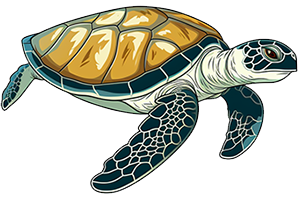Tag: reaction
-
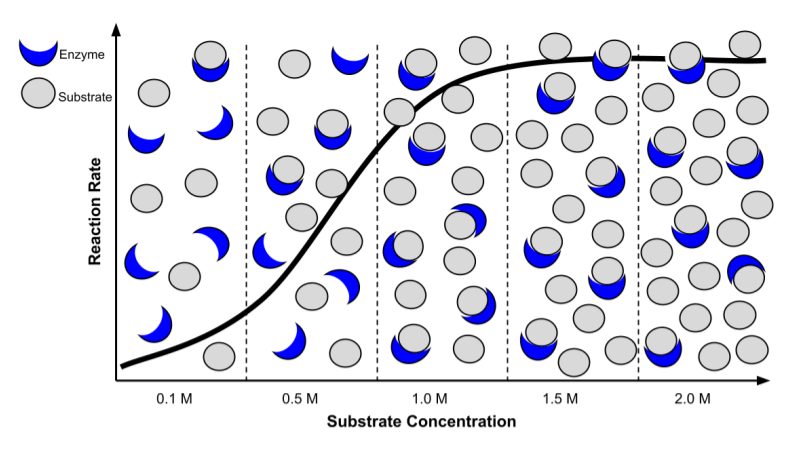
Enzyme and Substrate Concentrations
Students examine graphical models of enzyme and substrate interactions showing how the speed of reactions changes with concentration.
-
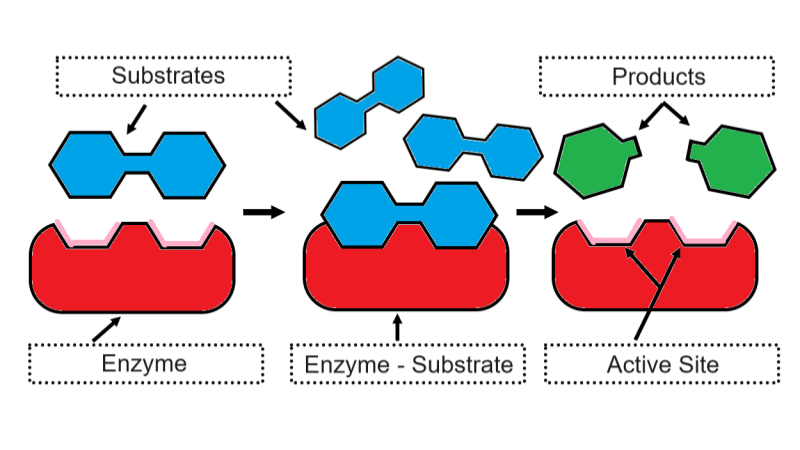
Enzymes and Substrates – Coloring
A simple worksheet showing how enzymes bind to substrates to create products. Students color a graphic and answer questions.
-
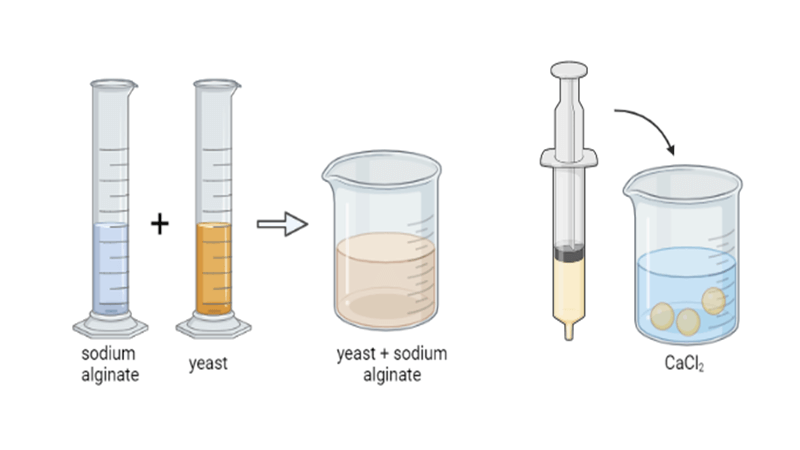
Catalase Activity in Yeast Using Sodium Alginate
Create yeast spheres using sodium alginate to test the rate of enzyme reactions at different concentrations and temperatures.
-
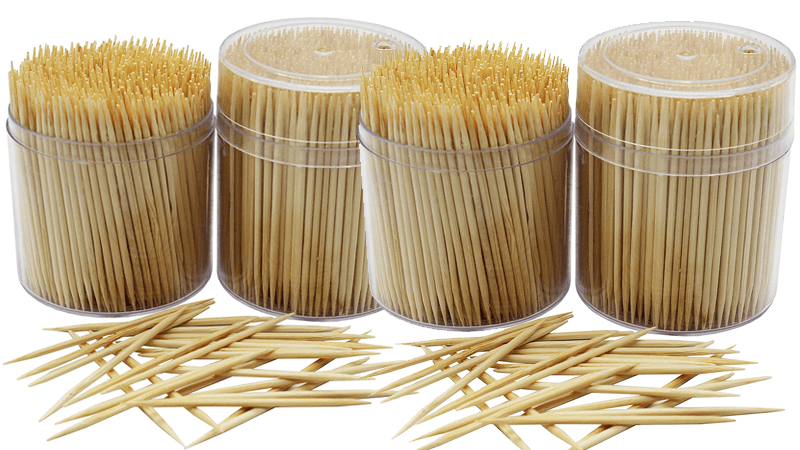
Investigation: Model Enzyme Activity with Toothpicks
Use toothpicks to model enzymes. Explore substrate and enzyme concentrations by changing toothpick numbers. Model competitive inhibition by taping fingers.
-

Explore the Senses
Students rotate between 6 stations where they perform tasks to perform related to the senses, such as two point discrimination and reaction time.
-
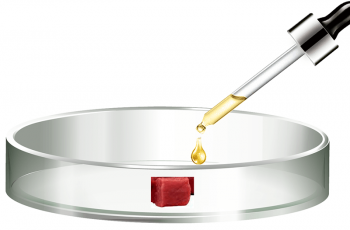
StoryLab: How Enzymes Work
This story lab aligns to an investigations students do with enzymes where they put hydrogen peroxide on liver and observe bubbles produced from the reaction with catalase. This investigation has several versions for different levels of biology (regular track, intro, and AP) though the story lab was intended for the intro track students who do…
-
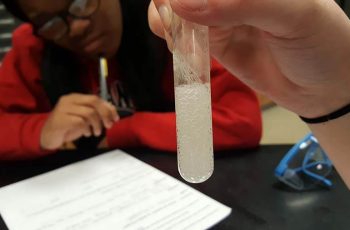
Investigation: How Do Enzymes Work?
This lab is fairly basic, but when given with guided instruction how enzymes catalyze reactions, students can have a hands-on experience into how proteins are related to function.
-
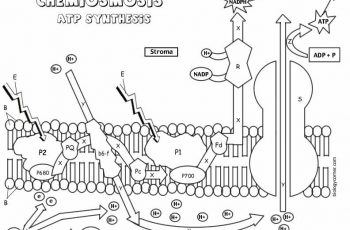
Photosystems and Chemiosmosis Coloring
Use this coloring worksheet to explore how plant cells harvest energy form the sun to generate ATP in the process known as chemiosmosis.
-
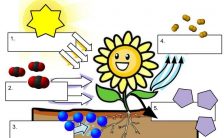
How Does Photosynthesis Work?
This handout can be used with a lecture on photosynthesis, where students label the main features of the light-dependent reaction and the Calvin cycle.
-
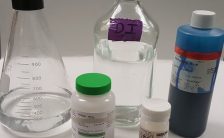
The Blue Bottle Demonstration
Most biology teachers must eventually accept the awful truth that they will need to include chemistry in their biology classes. For years, the only chemistry I had to worry about was the very simple photosynthesis equation which was fairly easy to explain and also presented in an “unbalanced” form. When I started teaching AP…
